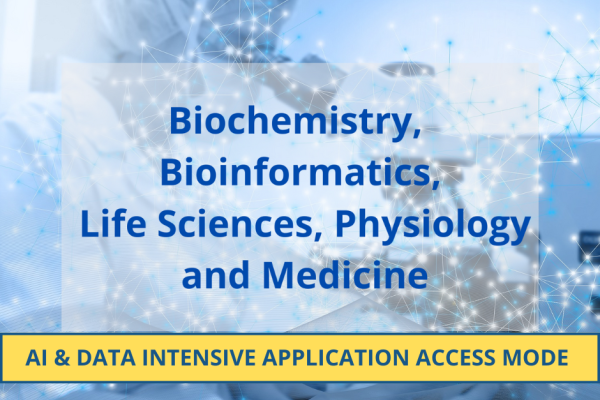Filter by
Awarded Projects (370)
RSS
This project aims to construct a comprehensive map of drag reduction as a function of Reynolds number and verify the reliability of finite-Reynolds-number extrapolations.

This research project investigates the structure and dynamics of wall-bounded turbulence in adverse and favorable pressure gradient (APG and FPG) turbulent boundary layers (TBLs) using direct numerical simulation (DNS).

Among the solutions used to control shock wave/turbulent boundary layer interaction (SBLI) in practical applications, several studies in recent years have demonstrated the effectiveness of micro vortex generators (MVGs) to successfully delay shock-induced separation with reduced device drag.

This project will perform cross-datacenter training of a stage-of-the-art multilingual LLM at an unprecedented scale (tens of billions of parameters trained on tens of trillions of tokens) using coordinated allocations across multiple supercomputers.

The design of novel photocatalytic and photovoltaic devices requires an in-depth understanding of the microscopic physical mechanisms governing the light-matter interaction.

In this project, the research team proposes to leverage DNS to study a temporally-evolving nonequilibrium 3DTBL in a plane channel with an imposition of sudden transverse pressure gradient.

The key goal of this project is to develop a small language model that can deliver exceptional performance across multilingual reasoning tasks (English, French, Spanish, German, and Italian), instruction following, agent integration (tool calling), and extended context support (128k+ tokens).

We investigate the effectiveness of wall-manipulation strategies based on the use of “spanwise traveling waves” in the high Reynolds number regime.

Addition of polymers to single-phase turbulent flows leads to a significant drag reduction. Based on the percentage of achieved drag reduction (DR) in the flow, the viscoelastic flows are categorized as low drag reduction (LDR) and high drag reduction (HDR) regimes.

The DYNAMITE (DYnamic biomolecular interaction Network And Machine learning Integration for Targeted Energy calculations) aims to revolutionize binding free energy (BFE) predictions by integrating large-scale molecular dynamics (MD) simulations with advanced machine learning (ML) methodologies.